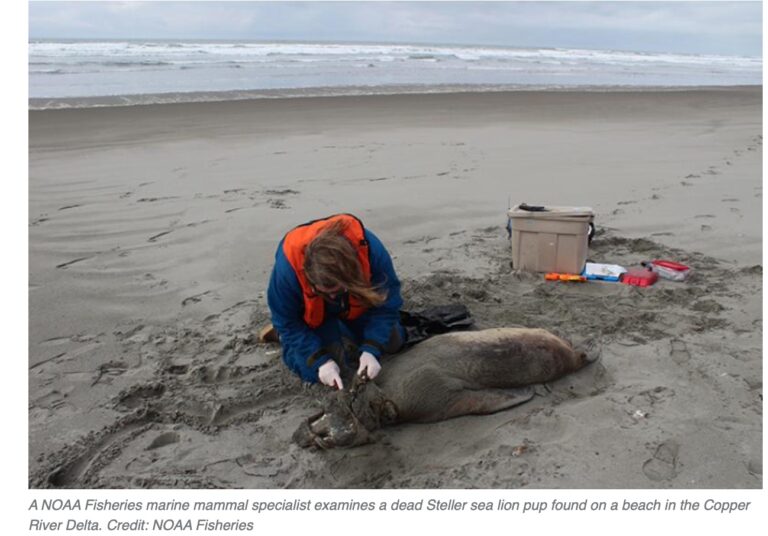Under a new “equity” ordinance passed by the Anchorage Assembly on Tuesday, there will be no more fines for jaywalking in Anchorage starting in October.
That’s because the laws against jaywalking were racist, according to the rationale underpinning the new ordinance, and thus minorities are more likely to be cited for jaywalking.
Walkers who perceive no traffic coming should be able to cross a street in Anchorage, the ordinance sponsors said on Tuesday night. People can decide for themselves what is a safe time to cross. Police will have a more difficult time sorting out who is at fault in the expected increases of pedestrian fatalities, sources in law enforcement said.
Also, rules for bicyclists will change. Now, stop signs will be considered yield signs for cyclists and stop lights are like stop signs for them. They can proceed when it’s safe, as they determine what safe is.
No more will bicycles need to have lights, and people riding them on the roads won’t have to wear helmets, unless they are age 15 or under. There will be no more requirement for brakes or bells to alert walkers that the bicycle is approaching from behind.
The loosening of the rules of the road marks a moment of libertarianism by the largely liberal Assembly, which also has instituted things like plastic bag bans and which is leaning toward eliminating scofflaw laws against repeat traffic offenders, a law now on the books but under consideration for removal.
The new jaywalking and biking rules are based in a belief that the laws, as written, lead to racist outcomes because the laws are enforced against minorities. One of the studies used to support the change in the ordinance says that the disparities are because whites obeying helmet laws more than minorities.
In the journal Injury Epidemiology, the authors concluded, “Helmet use increased across racial/ethnic subpopulations, but greater increases among white students increased disparities. Policymakers should couple laws with other approaches to reduce helmet disparities and cycling injuries.”
It’s also unclear if the new city ordinances are overridden by state bike regulations, which specify equipment like brakes, reflectors, and headlamps when bikes are ridden on roads after dark.
For cyclists in Anchorage, they may ride on a city street one moment and be on a state road in another moment, technically rolling along under a different set of laws.
But in practical terms, Anchorage Police and Alaska State Troopers are not citing people for bicycle infractions unless they are being dangerous and egregious, and so the new city laws are more symbolic than necessary.







